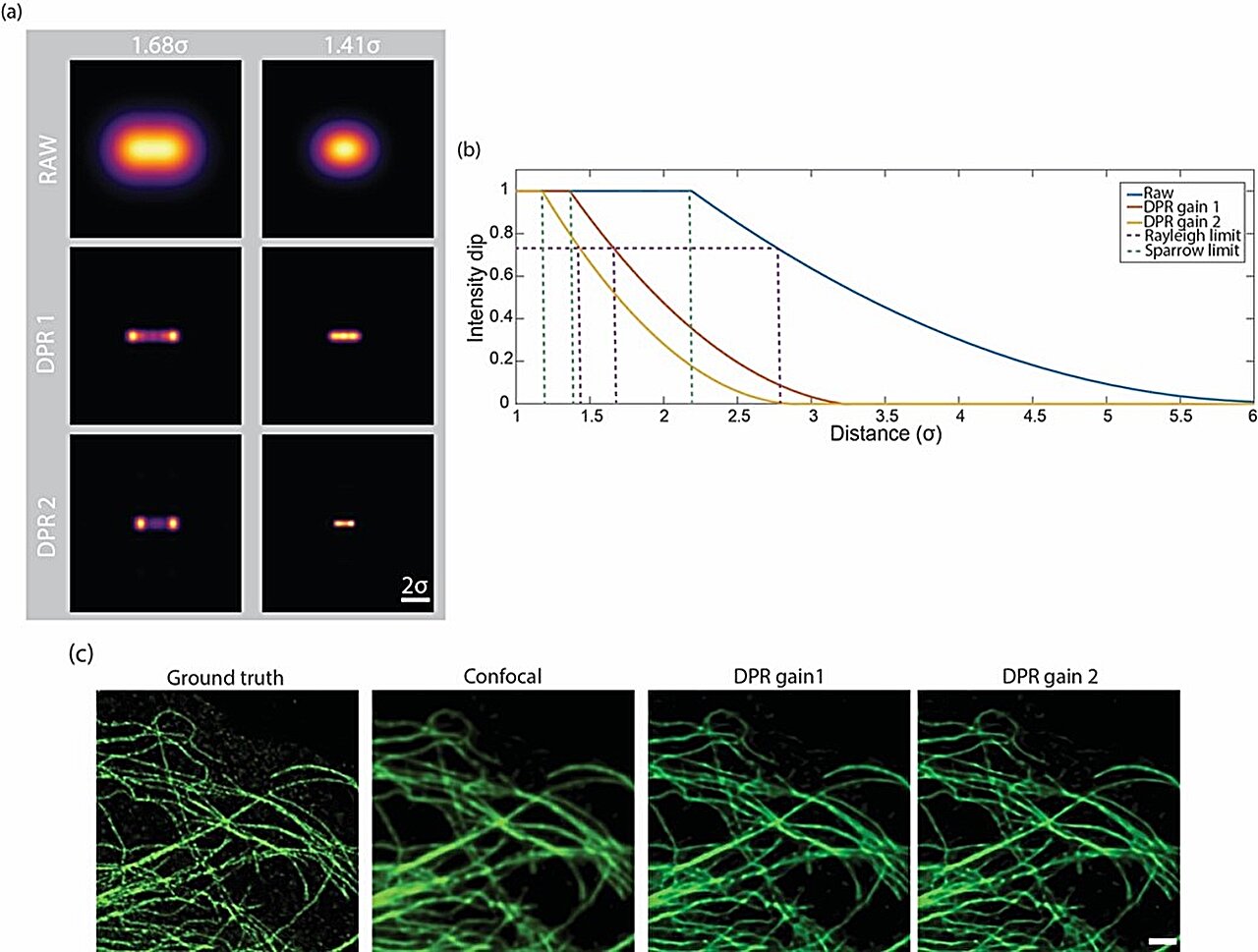Obtaining high-resolution images in the world of microscopy has long been a challenge. Deconvolution, a method to enhance image clarity, often amplifies noise between the sample and the image. Researchers at Boston University have recently developed a novel deblurring algorithm that avoids these issues, improving the resolution of images with photon intensity conservation and local linearity.
As reported in Advanced Photonics, the innovative deblurring algorithm is adaptable to various fluorescence microscopes, requiring minimal assumptions about the emission point spread function (PSF). It works on both a sequence of raw images and even a single image, enabling temporal analysis of fluctuating fluorophore statistics. Furthermore, the researchers have made this algorithm available as a MATLAB function, making it widely accessible.
The fundamental concept behind this breakthrough is pixel reassignment. By reassigning pixel intensities based on local gradients, images are sharpened without the risk of introducing noise artifacts. The technique standardizes raw images before applying this process, ensuring consistent results.
The resolution of a microscope is traditionally defined by its ability to distinguish two closely spaced point sources. The new method, called ”deblurring by pixel reassignment” (DPR), significantly reduces the required separation distance, allowing for enhanced resolution in microscopy.
To demonstrate the effectiveness of DPR, the researchers applied it to a variety of imaging conditions: single-molecule localization, structural imaging of engineered cardiac tissue, and volumetric zebrafish imaging. These real-world applications showcased DPR’s potential in improving the clarity of microscopic images.
2023-11-01 01:00:04
Original from phys.org
